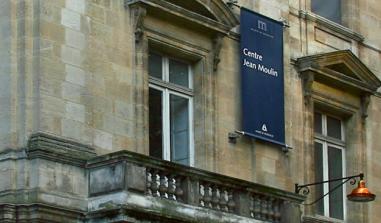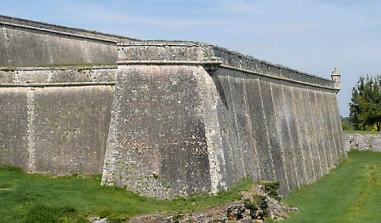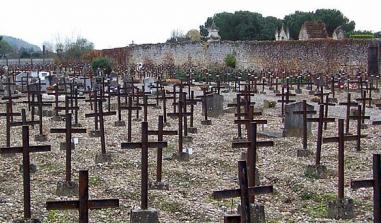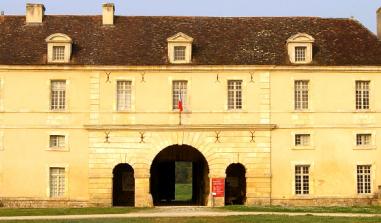La Teste de Buch
La Teste de Buch National Cemetery. © Guillaume Pichard
Click here to view the cemetery's information panel 
Established in July 1916, La Teste de Buch National Cemetery, in Natus-de-Haut, holds the mortal remains of soldiers who died in hospital at Courneau training camp, which was originally home to France’s colonial troops, but, from 1917 onward, housed foreign troops (Russian and Americans). Redesigned in 1928, this cemetery is located in a pine forest; 956 Senegalese, 9 Russian and 2 French soldiers are buried here. Having gradually fallen into escheat, the site has undergone major redevelopment. In 1967, the remains were exhumed and placed in a memorial-ossuary, which still stands to this day. This monument is thus the only remaining vestige of the camp.
The Courneau military training camp
In 1916, the French military command chose to station the African soldiers on Courneau moor. These men came from the territories of former French West Africa: Senegal, Upper Senegal and Niger (present-day Mali), Mauritania, Guinea, Côte d’Ivoire and Dahomey (present-day Benin). Forming the battalions of Senegalese tirailleurs, they landed in Bordeaux, then made their way to La Teste, where they were given military training and language classes.
In 1916 and 1917, more than 27 000 men followed this route.
Once the land had been drained, many soldiers losing their lives in the process, a camp of 400 huts was built to accommodate up to 18 000 men. Owing to the marshland surrounding the camp, the tirailleurs contracted respiratory illnesses which were sometimes fatal. Courneau was soon nicknamed the “camp of misery”. The dead were buried on site.
In autumn 1917, due to the revolution in Russia, the Russian troops were withdrawn from the front and took the place of the tirailleurs at Courneau. Eight thousand men were sent there. Discipline being practically non-existent, there was much trouble with the local population. In the first months of 1918, the camp was emptied of its occupants. Many of them joined work parties; others enlisted in the Foreign Legion.
In January 1918, the camp was reorganised to accommodate the American contingents, mostly artillery units, who landed in Bordeaux and were stationed temporarily at Courneau. From July 1918 to May 1919, successive units stayed at the camp before going to the front. During that period, 87 American soldiers died of “Spanish flu” and were buried in a cemetery created specially for that purpose on 15 February 1918, in the forest of Natus-de-Bas. After the war, the soldiers’ remains were transferred either to the United States or to the Suresnes American Cemetery in Hauts-de-Seine.
The Natus memorial
On 1 November 1967, a memorial was unveiled to the African soldiers who died at the Courneau camp. Designed by architect Phihl, the monument was built with funding from Le Souvenir Français, the veterans ministry, the President of Côte d’Ivoire, veterans’ associations and local councils around Arcachon Bay.
After several years of research, local remembrance organisations, the town council of La Teste de Buch and the Ministry of the Armed Forces succeeded in ascertaining the identities and origins of the Senegalese tirailleurs. In 2018, as part of the First World War centenary commemorations, the Ministry of the Armed Forces had five stone slabs erected, bearing the names of the 956 African soldiers buried in the cemetery, which were unveiled on 11 November. Another stone is inscribed with the names of the Russian soldiers and two French soldiers who are buried on the site.
The Ministry of the Armed Forces plans to enhance the site by creating a remembrance trail at the heart of the cemetery, to shed light on the lives of the soldiers who lived in the Courneau camp.
Another stone slab in memory of the American soldiers stands outside the camp.
La Teste de Buch National Cemetery. © Guillaume Pichard
Nécropole nationale de La Teste de Buch. © Guillaume Pichard
La Teste de Buch National Cemetery. © Guillaume Pichard
La Teste de Buch National Cemetery. © Guillaume Pichard
La Teste de Buch National Cemetery. © Guillaume Pichard
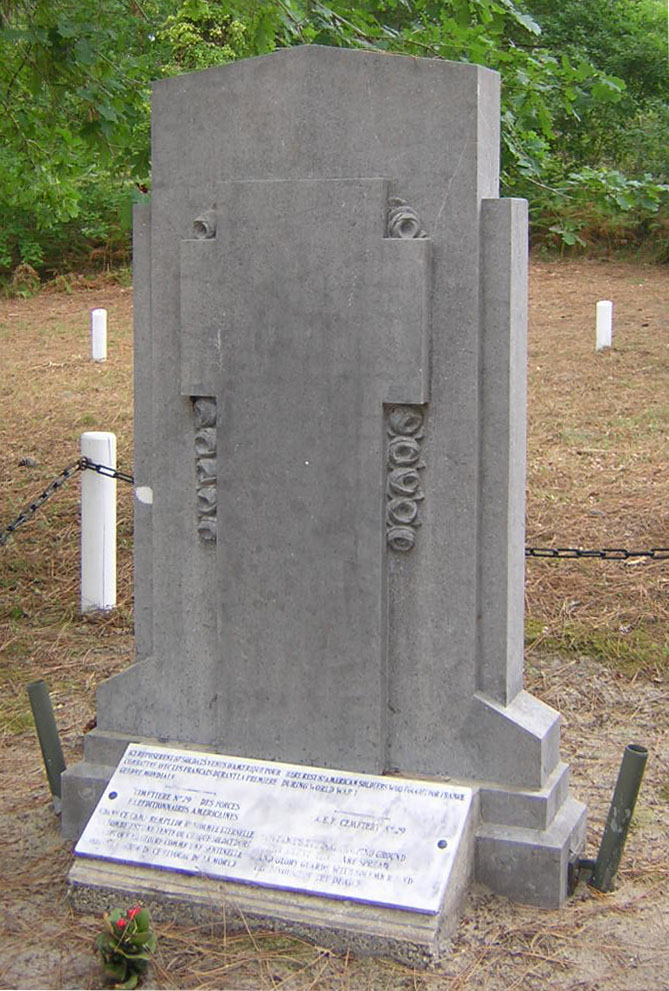
La Teste de Buch National Cemetery. Source: dupuylogspot.com
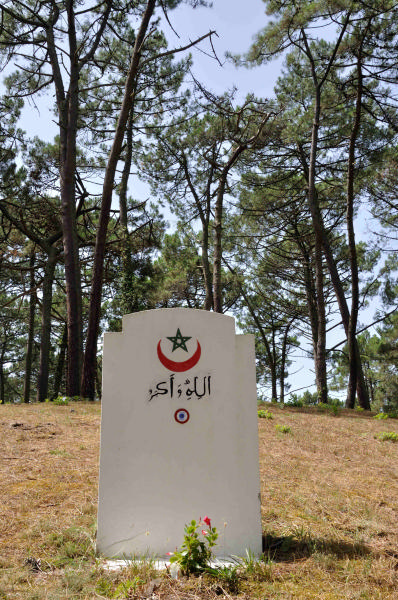
La Teste de Buch National Cemetery. Source: Photo Marc Burel
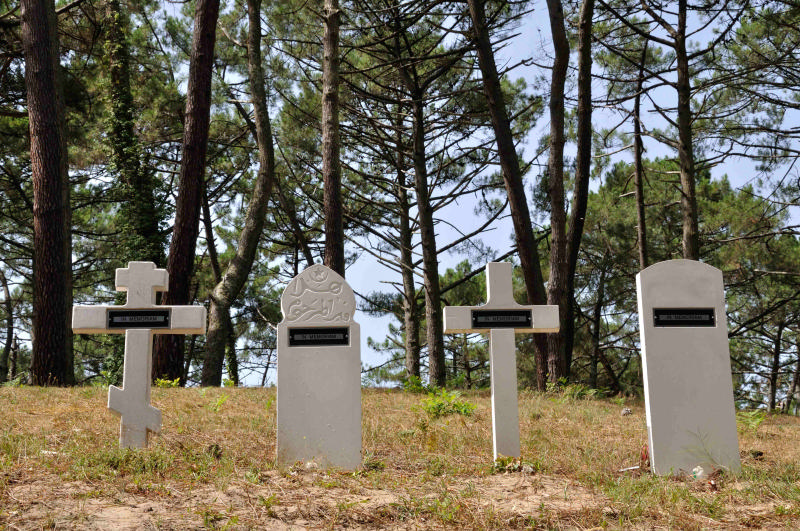
La Teste de Buch National Cemetery. Source: Photo Marc Burel
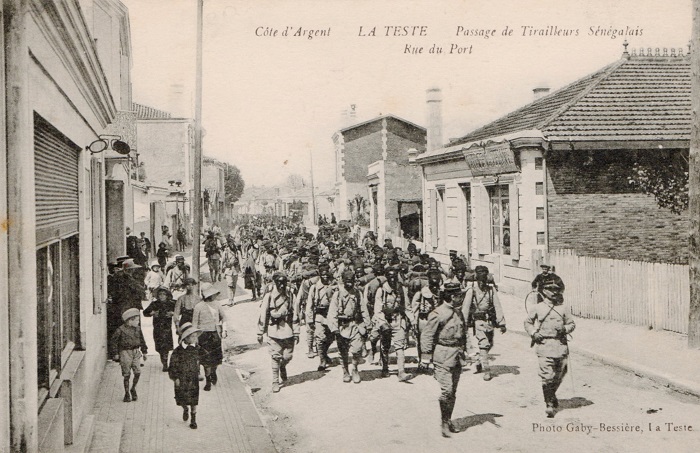
Senegalese tirailleurs march along the rue du Port (La Teste). Private collection (J.M. Mormone)/P. Boyer/DR
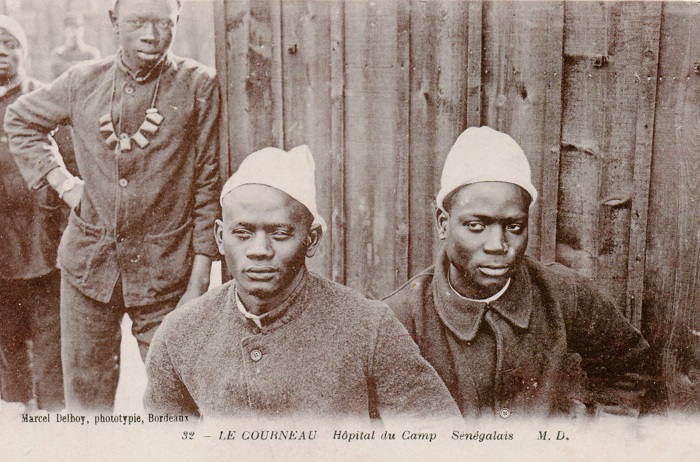
Courneau military camp hospital. Private collection (J.M. Mormone)/P. Boyer/DR
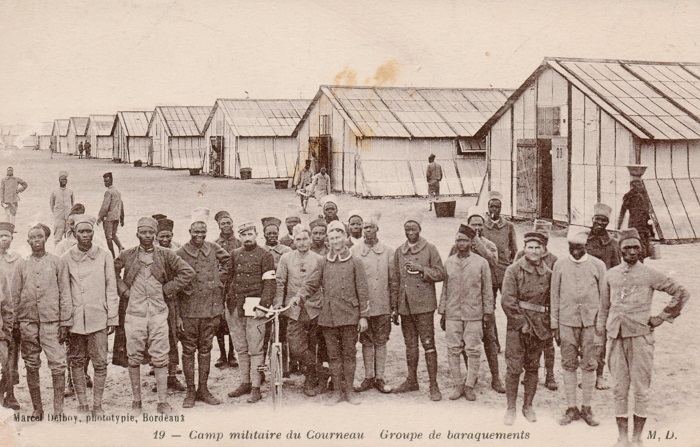
Group of huts, Courneau military camp. Private collection (J.M. Mormone)/P. Boyer/DR
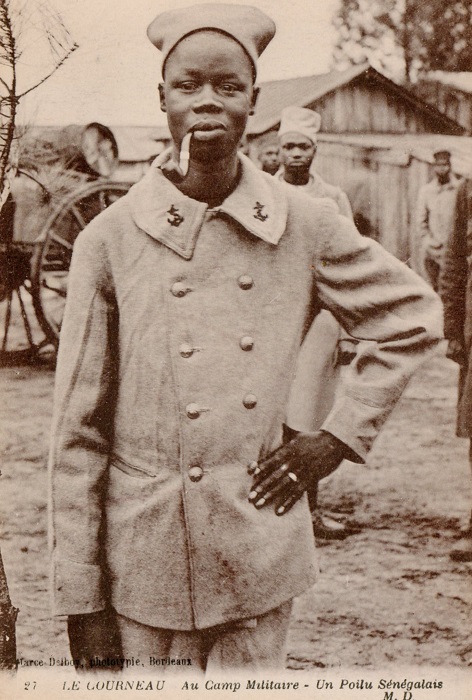
A Senegalese tirailleur at Courneau military camp. Private collection (J.M. Mormone)/P. Boyer/DR
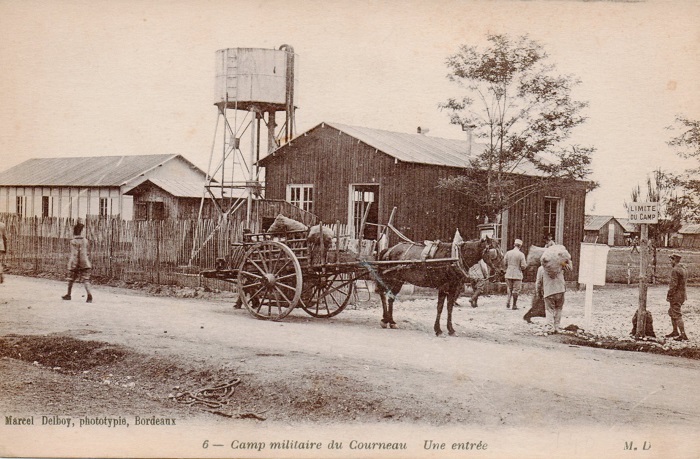
Entrance to Courneau military camp. Private collection (J.M. Mormone)/P. Boyer/DR
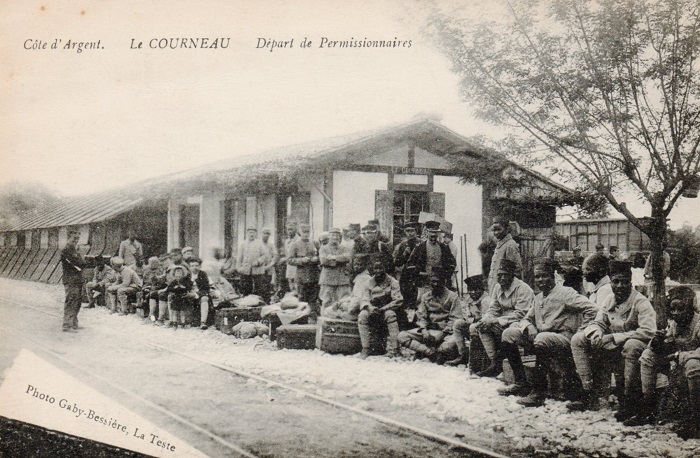
Servicemen on leave departing from Courneau military camp. Private collection (J.M. Mormone)/P. Boyer/DR
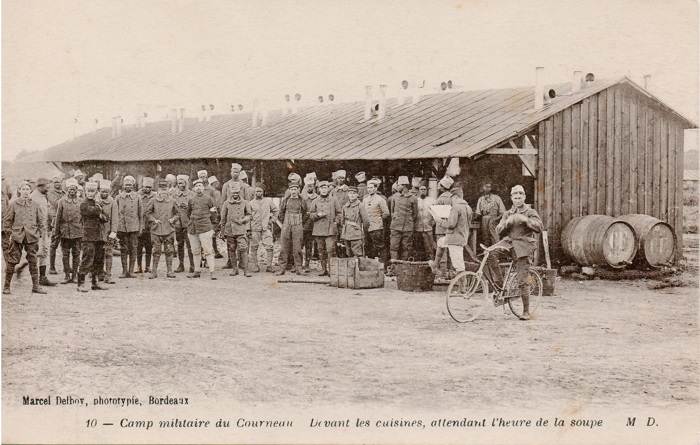
Waiting for supper... Private collection (J.M. Mormone)/P. Boyer/DR
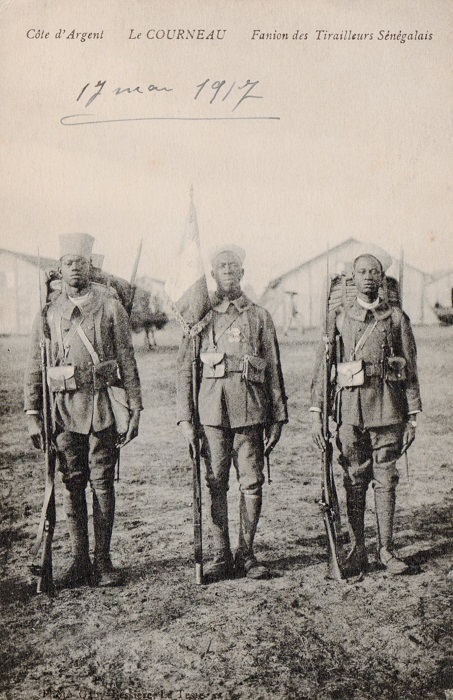
Flag of the Senegalese tirailleurs, 17 March 1917. Private collection (J.M. Mormone)/P. Boyer/DR
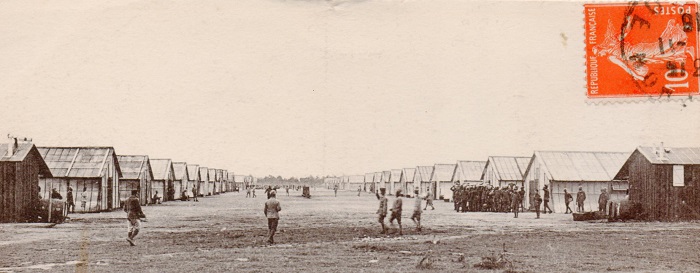
View of an alley of 600 huts at Courneau military camp. Private collection (J.M. Mormone)/P. Boyer/DR
Practical information
La Teste
Summary
South of Arcachon. D112
Eléments remarquables
Read more
Read more
Comité départemental du tourisme de la Gironde
21, cours de l’Intendance
33000 Bordeaux
+33 (0)5 56 52 61 40 - www.tourisme-gironde.fr


